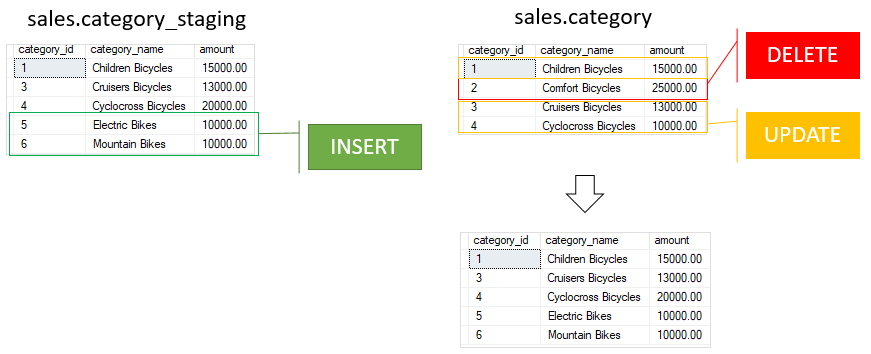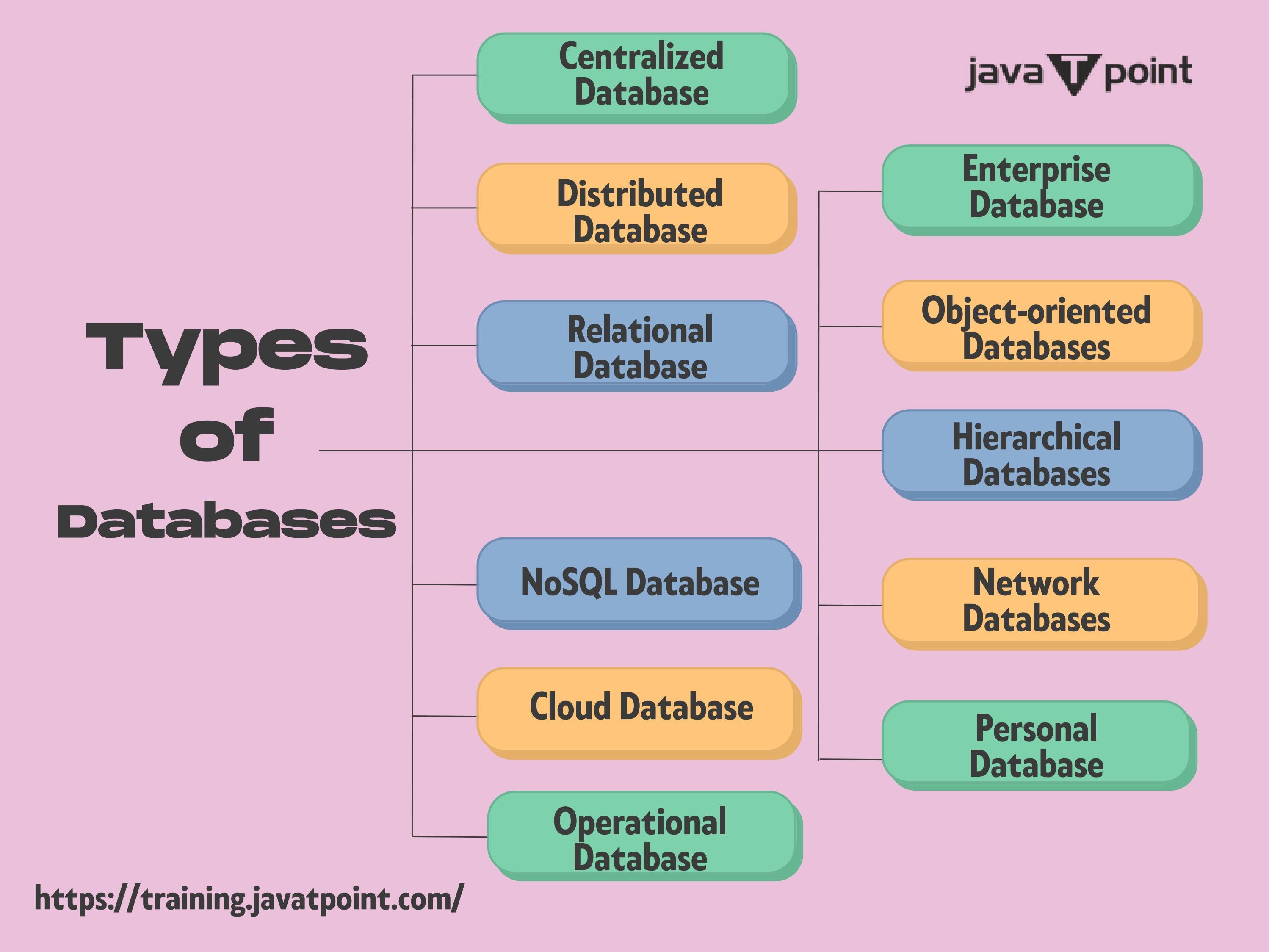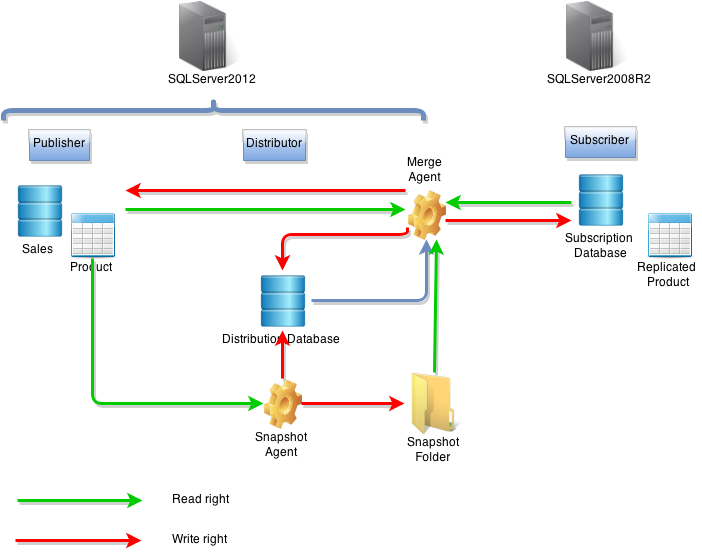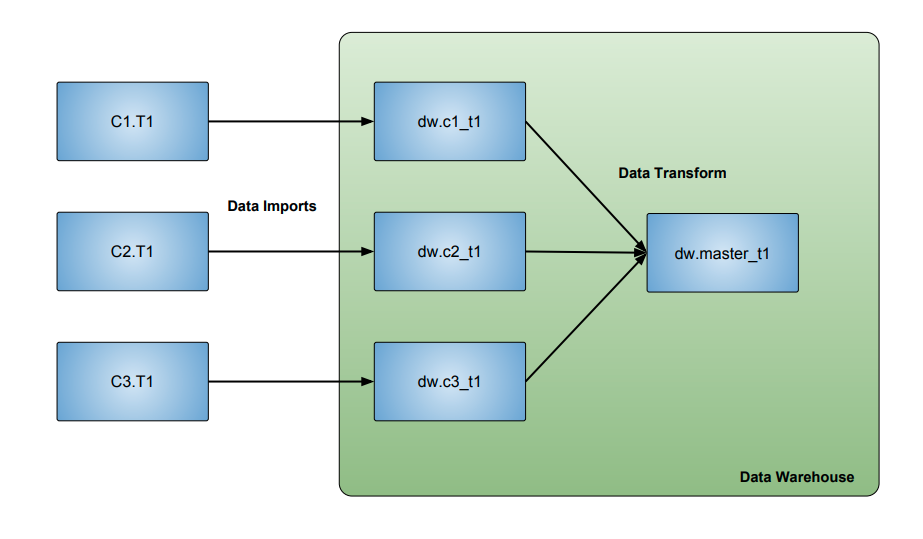Merge Two Databases Sql Server 2008

Database administrators are scrambling to execute emergency procedures following the urgent call to merge two critical SQL Server 2008 databases. The operation, initiated at dawn, aims to consolidate fragmented data and restore operational efficiency.
This time-sensitive merger is paramount for maintaining business continuity and requires immediate and precise execution.
Critical Database Merge Underway
The command center reports the consolidation affects the "Inventory" and "SalesData" databases, both residing on legacy SQL Server 2008 instances. These databases, vital for supply chain management and revenue tracking, have suffered performance degradation due to data silos.
The Players Involved
Spearheading the project are senior DBAs Sarah Chen and David Lee, supported by a team of system engineers. They are under immense pressure to complete the merge before the close of business today.
Merge Implementation Steps
The merging strategy involves a phased approach. First, schema reconciliation ensures compatibility between the "Inventory" and "SalesData" structures.
Next, data migration is performed, addressing potential conflicts and ensuring data integrity.
Finally, rigorous testing validates the unified database's performance and reliability.
Addressing Data Conflicts
During schema reconciliation, Chen and Lee identified several discrepancies. Key differences exist in data types and naming conventions that require careful resolution.
Custom scripts are being deployed to transform data and ensure consistency across the newly merged database. These scripts undergo rigorous testing to avoid data loss or corruption.
Tools and Technologies
The team is leveraging SQL Server Management Studio (SSMS) for data manipulation and analysis. Data transformation Services (DTS) packages from SQL Server 2008 are also used for the merging process.
David Lee emphasized the importance of transaction logs for rollback operations in case of unforeseen issues.
Challenges and Mitigation
The primary challenge is the limited resources available within SQL Server 2008. The team is mitigating this by optimizing queries and allocating additional memory to the server instances.
Another concern involves potential downtime during the merge. The team has planned for minimal disruption by performing the migration during off-peak hours and utilizing mirroring techniques.
Validation and Verification
Post-merge validation includes data reconciliation and performance testing. Reports must confirm data accuracy and ensure transaction processing speed meets established benchmarks.
User acceptance testing (UAT) is scheduled for tomorrow to gather feedback from key stakeholders.
Immediate Next Steps
The data migration phase is expected to continue through the afternoon. Sarah Chen has scheduled hourly status updates to keep management informed.
A post-implementation review will be conducted to identify lessons learned and improve future database merge processes.


















